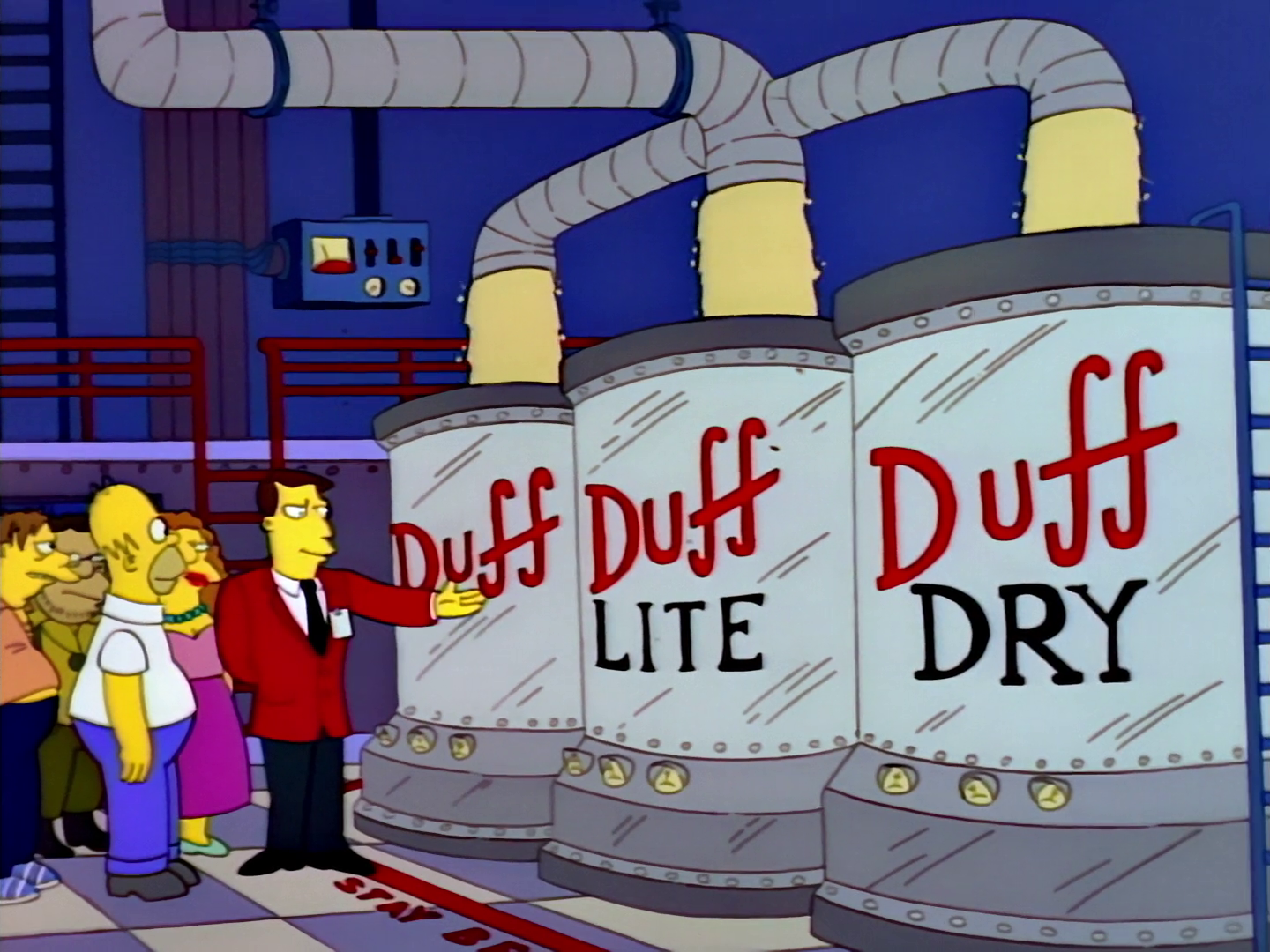TheFB
Pre-takeoff checklist
- Joined
- Nov 5, 2017
- Messages
- 330
- Display Name
Display name:
TheFB
Aviators breathing oxygen is dry, medical oxygen may have some moisture in it. That came about many years ago with the first high altitude flights. The oxygen could freeze and then the pilot would not get any and pass out.
Very interesting and a factor for sure. Why would it freeze in a warm cockpit?


